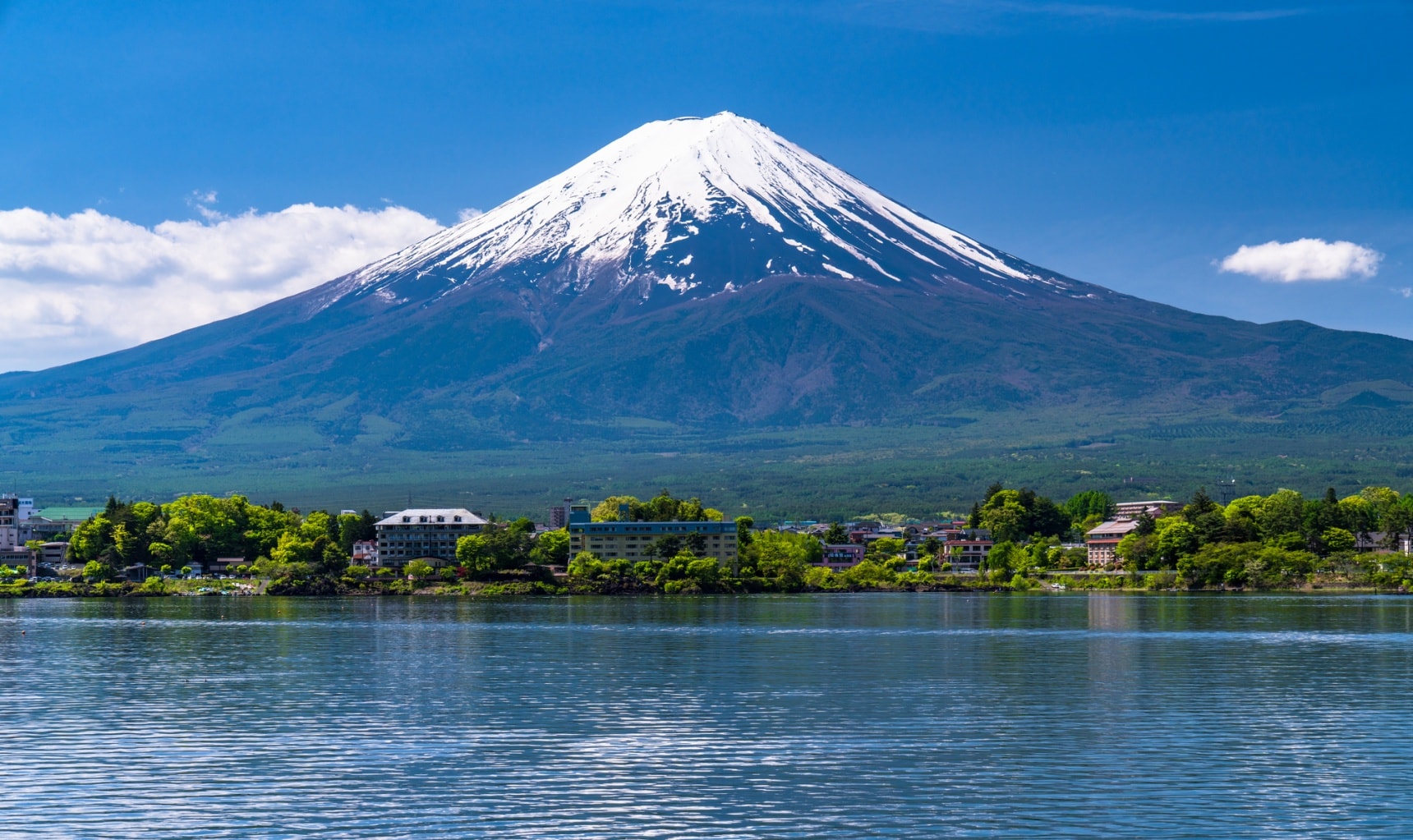This week, my Wife and I decided to visit one of the main island's of Japan that is home to the beautiful active stratovolcano, Mount Fuji. My Wife was curious of the term 'active' and how it is used to describe Mt. Fuji in which I explained that if a volcano has erupted at least once within the last 10,000 years, it's considered active. Within this island named, 'Honshu', Mt. Fuji exists from the base of Mt. Komitake. When telling my Wife of this, she didn't seem to understand in which I told her how a stratovolcano, or composite volcano, is formed through layers of hardened lava, ash, and pumice. I continued in telling her how Mt. Fuji is located at a triple junction where the Philippin Sea Plate, Eurasian Plate, and North American Plate all meet. Considering the Pacific Plate's location beneath the other plates mentioned, it is constantly being subducted in which generates volcanic activity. As we ventured around the mountain, we noticed the formation of the crater named, Mt. Hoei. 'Hoei's creation points to the evidence of this mountain's last eruption that took place in the early 18th century. At this point, we encountered a tour Guide that provided information about the last time 'Fuji had erupted. The Guide explained that when 'Fuji explosively erupted in the early 18th century, it produced almost no lava flow but released millions of cubic metres of ash that reached miles upon miles away. The Guide also explained that even though this eruption took place hundreds of years ago, if 'Fuji erupted again, millions of lives within surrounding cities, structures, railways, and roads could potentially be negatively impacted by the hazards associated with volcanic ash or lava. Continuing, the Guide mentioned how the last eruption stemmed from a sizable earthquake that took place over a month prior to the eruption. Considering the Tohoku earthquake in 2011 resulted in no eruption from 'Fuji, such eruption could still be possible. The tour Guide also mentioned an interesting fact that 'Fuji's stratovolcanic presence consists of four separate volcanic layers including (top-down) Mt. Fuji, Ko-Fuji (literal meaning: Old-Fuji), Komitake, and Pre-Komitake. This fact points to the notion of what is Mount Fuji today, began with some form of collision among the triple junction plates below, added layers of stratovolcanoes above, and the help of millions of years of course!

[Image Above] Source: (Hamlin, 2019)
References:
Hamlin, E. (18 Jun. 2019). All About Climbing Mount Fuji. Retrieved 31 Mar. 2020 from: https://allabout-japan.com/en/article/6996/.


No comments:
Post a Comment